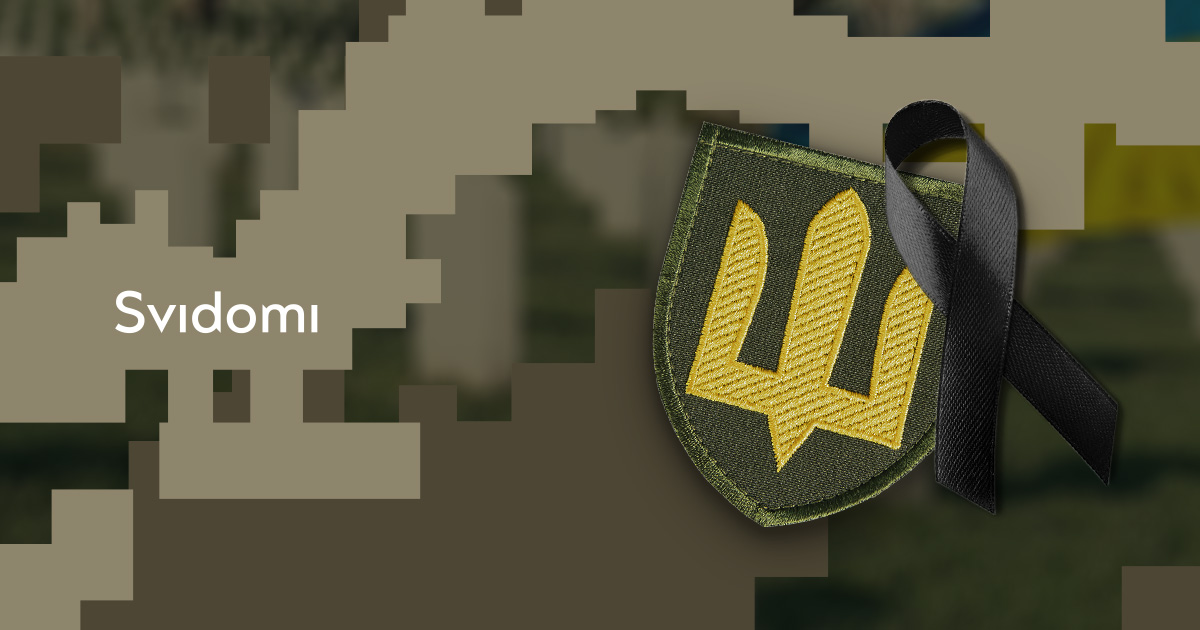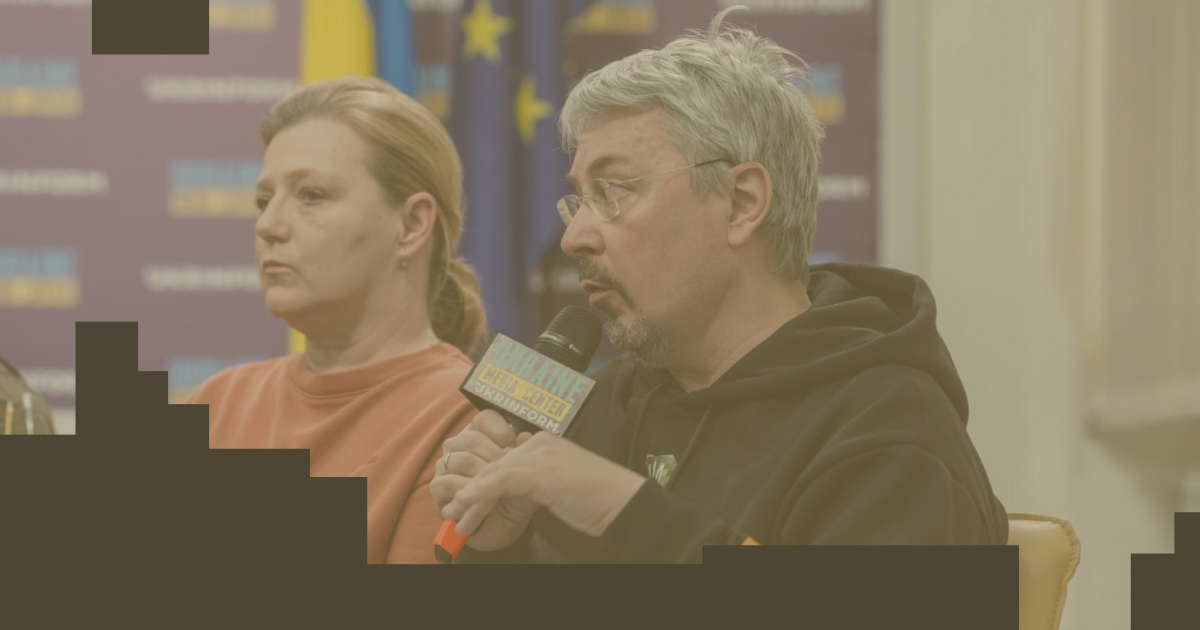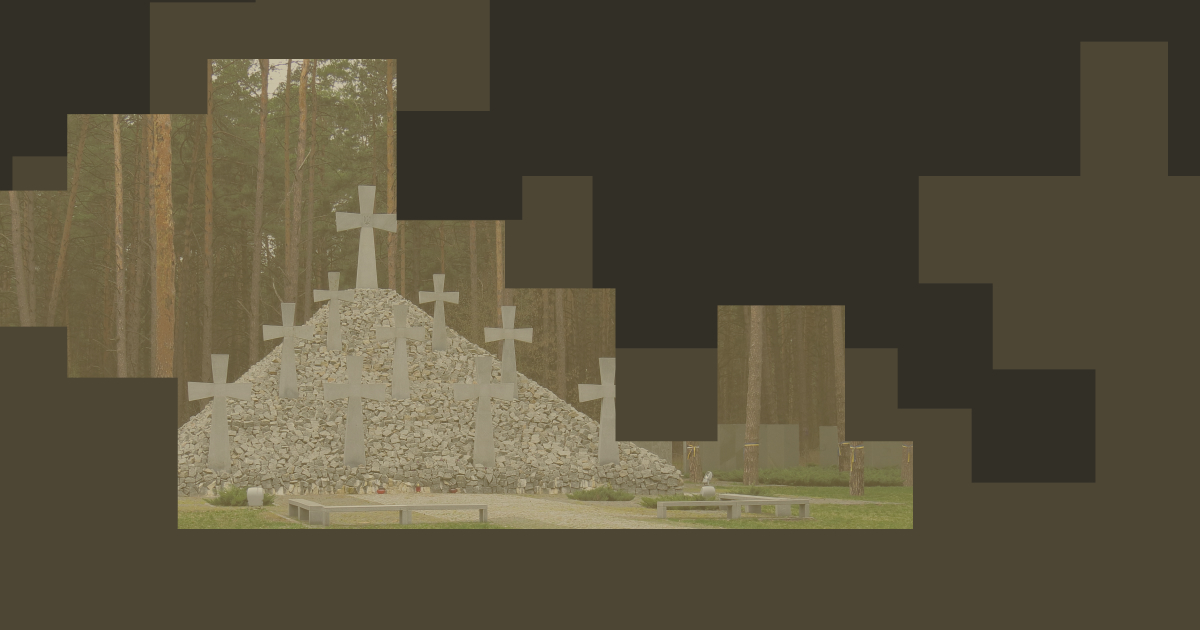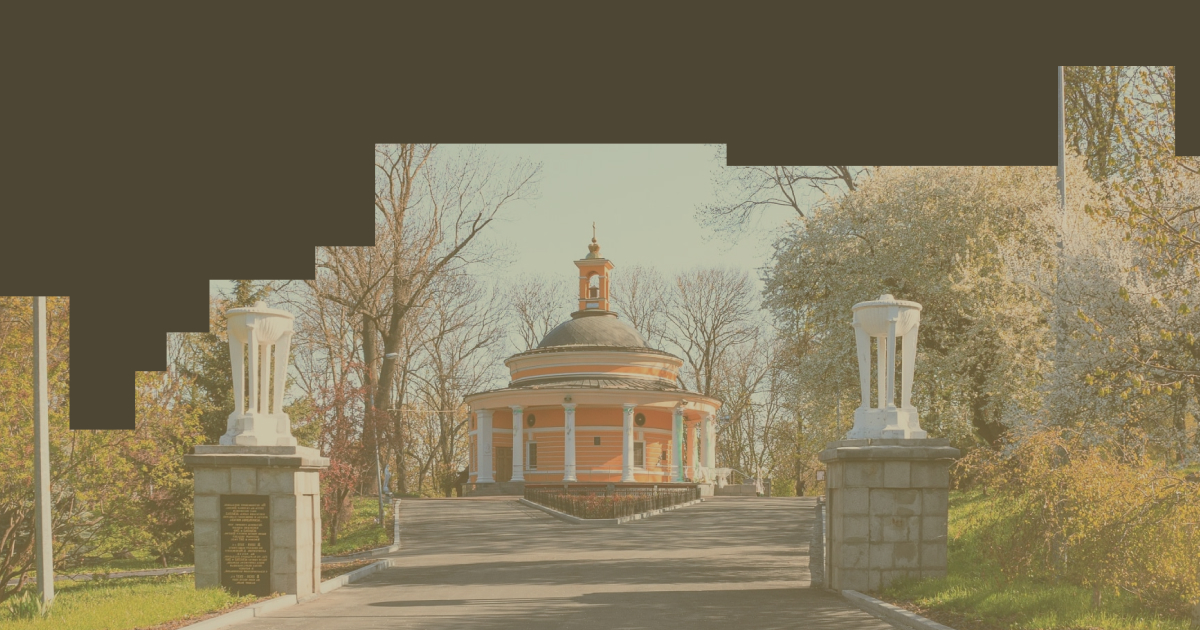Why Ukraine Needs a National War Memorial and Pantheon of Heroes

On March 21, Alina Mykhailova, a member of the Ukrainian Armed Forces and head of the Ulf medical service, initiated a petition to create a National Pantheon of Heroes at Askold's Grave. According to the proposal, honorary burials should take place at the Pantheon, and memorials should be erected to immortalise prominent Ukrainian figures. The author proposes, in particular, to rebury Pavlo Skoropadskyi, Symon Petliura, and Stepan Bandera there.
On March 23, the Ministry of Culture presented its project for a National Memorial Cemetery to honour fallen defenders.
Svidomi explains what the authors propose and why the Pantheon is influential regarding memory policy.
Not a new issue
The issue of building a national military cemetery in Ukraine is not new. The idea of its creation arose several years before the outbreak of the war in 2011. At that time, the Verkhovna Rada adopted a resolution on a project to build such a cemetery.
The project proposal was submitted by Vadym Kolesnichenko, a member of the Party of Regions (Partiya Rehioniv). He envisaged that such a cemetery would be used to bury World War II veterans and military personnel. The implementation ended with the resolution.
After six years of Russian-Ukrainian hostilities, the government returned to building a National Military Cemetery in 2020 when it approved a draft law on constructing a National Military Memorial Cemetery in Ukraine.
In March 2021, the Verkhovna Rada adopted it in the first reading and, in May 2022, fully supported it. The draft was developed by the Ministry of Culture, the Ministry of Veterans Affairs, representatives of the Institute of National Remembrance and the public.
The draft law provides for constructing an architectural complex on a specially designated land plot, including a military cemetery, a museum complex, a ritual building and other structures necessary for organising burials. The commemoration of those who have already been buried in other cemeteries will be carried out in the National Military Memorial Cemetery Museum complex.
The idea of building on Lysa Hora
In October, the Kyiv City State Administration began to develop a plan to build a memorial in the Lysa Hora (Bald Mountain) woodland on the right bank of the Lybid River.
Before this, the Kyiv City Council supported the creation of a military cemetery for honorary burials along Olena Teliha Street in the Shevchenkivskyi capital district, near the Babyn Yar tract. The current stage of this project and whether it has been replaced by the construction of the National Military Memorial Cemetery are unknown. No further steps have been publicly commented on this decision.
The area of the memorial cemetery was supposed to be 140 hectares, and its financing would be provided from the state budget. It was also planned to create a separate institution to maintain it. The complex was supposed to start operating at the end of 2023.
The editorial office of the online media Svidomi addressed the Kyiv City Council but received no response.
Environmentalists oppose
However, the idea of creating a military cemetery in the Lysa Hora woodland was criticised by environmentalists. In a petition to the Kyiv City Council, they explain that Lysa Hora is an architectural monument belonging to the nature reserve fund. It has a unique history and is a place to rest. The Kyiv City Council did not support the petition.
Representatives of the Kyiv Ecological and Cultural Centre (KECC) said they would challenge the Kyiv City Council's decision to create military cemeteries on the territory of the natural and cultural monuments of Lysa Hora and Babyn Yar in court.
"These sites are monuments of both culture and nature and therefore have a dual protected status," the KECC wrote.
They offered an alternative: Spivoche Pole, the wasteland on the territory of the Exhibition of Achievements of National Economy, near the Berkovtsi cemetery, near Lake Redkino on Okruzhna Street, or the Troiitske tract in the north of Troiieshchyna.
"But the most suitable place is the Spivoche Pole. Given the need to locate such a burial site in Kyiv, the question arises of choosing a place that would be worthy of such a role but at the same time would not lead to the destruction of the city's valuable natural, historical and cultural complex. We believe that in this case, it is necessary to ensure that the new facility becomes a continuation of the existing complex of similar commemoration, which emerged on the slopes above the Dnipro River in the twentieth century and stretches from Askold's Grave to the territory of the National Museum of the History of Ukraine in World War II," the KECC added.
Activists of the Ukrainian Nature Protection Group expressed a similar position.
"Most of the Lysa Hora woodland is represented by steep slopes with 400-year-old oaks. Three of the hundreds of centuries-old oaks in Lysa Hora have been granted individual status as nature reserves - Totleben Oak, Opolchenskyi Oak and Vidun Oak. Also, the "Natural Riverbed of the Lybid River" at the foot of Lysa Hora is a separate territory of the nature reserve fund," they reasoned.
Due to the ongoing discussions, Prime Minister Denys Shmyhal instructed officials to find a new location for the cemetery. In particular, the Ministry of Veterans, the Ministry of Culture, the Ministry of Defence, the Ministry of Community Development, the Kyiv Regional Military Administration and the Kyiv City State Administration were involved in this issue.
What did they agree on?
On March 24, the Ministry of Culture presented the project of the memorial complex. Bykivnia, in the Desnianskyi district, near Brovarskyi Avenue, was chosen as the site for its construction.

The Bykivnia Graves National Historical and Memorial Reserve is the largest burial place in Ukraine for victims of Stalin repression and a symbol of the collective memory of the Ukrainian people. Therefore, the concept of creating a memorial to those killed by the aggression of Russia, which is a successor to the repressive and imperial traditions of Soviet power, within the Bykivnia forest and the Darnytsia forestry is a linear continuation of the historical past of this territory,
commented Oleksandr Tkachenko, former head of the Ministry of Culture.
The Ministry of Culture is convinced that creating the National Military Memorial Cemetery next to the Bykivnia Graves will allow the public to present parallel memorial spaces that will tell about the crimes of the USSR and the Russian Federation, which declared itself the successor to the Soviet totalitarian regime.

The memorial cemetery was supposed to open in the autumn of 2023. The Ministry reported that it had already received a letter of consent from the Bykivnia Graves Reserve to transfer the newly formed land plots (where there are no burials of victims of Soviet repression and war crimes) to the state institution National Military Memorial Cemetery for permanent use.
On April 20, the Kyiv City Council allocated a plot of land in Bykivnia to create the National Military Memorial Cemetery. Kyiv Mayor Vitalii Klychko clarified that the city council had "actually started the procedure for creating" the memorial.
On May 2, the Verkhovna Rada voted to establish the National Military Memorial Cemetery in Kyiv.

At the same time, a petition to establish a National Pantheon of Heroes in Askold’s Grave Park received over 27,000 votes out of the required 25,000. It was reviewed by the President and sent to the Prime Minister with a request to instruct him to study the issue and hold consultations on the creation of the Pantheon of Heroes.
Ministry of Culture in favour of merging Pantheon and National Military Memorial Cemetery
People's Deputy Yaroslav Yurchyshyn appealed to the Ministry of Culture to create a memorial to Ukrainian heroes. The Ministry of Culture stated that the issue of making the National Military Memorial Cemetery and the Memorial of Ukrainian Heroes should be considered comprehensively. In case of final approval of the decision to create the Memorial, it was suggested adding relevant elements to the National Military Memorial Cemetery concept.
The Ministry of Culture did not support the reburial of Pavlo Skoropadskyi, Symon Petliura and Stepan Bandera, as well as the leaders of Kholodnyi Yar and the Ukrainian Insurgent Army. They believe the Pantheon should not glorify specific individuals but human virtues: freedom, dignity and sacrifice.
The Ministry of Culture believes that the Pantheon should become a place of reconciliation, as it "honours representatives of different worldview concepts and opposing political camps who saw the main goal of their lives as gaining Ukraine's state independence".
However, this view is not shared by President Zelenskyy. In his speech to the Verkhovna Rada, he presented the "Ukraine of the Future" doctrine. One of the elements of this doctrine is the "Policy of Heroes", which includes the construction of both the Pantheon of Heroes and the National Military Cemetery.
Construction that never started
So far, the law passed by the Verkhovna Rada on May 2 has not been signed by the president. Vira Lytvynenko, a representative of the Sertse nAZOVni NGO, said that they had submitted a request to the Presidential Administration but had not received a response.
She added that on August 2, the Ministry of Veterans Affairs and the acting Minister of Culture proposed a new location for the military cemetery - outside Kyiv.
"When choosing a location for the National Military Memorial Cemetery in 2022, the location near the northern cemetery was rejected as troublesome. We have not received an answer to why and who rejected the Bykivnia option," says Lytvynenko.
Instead, the relatives of the fallen soldiers are offered to redraft the law on creating a military cemetery in a new location, promising to vote for it "quickly" and submit it for signature.
They spat in our faces. They offer us to go around the bureaucratic circle again, wait for the draft law to be developed, for the Verkhovna Rada to vote for it, and for the president to sign it. They say that this should happen "very quickly". But we have heard this before,
says Vira Lytvynenko.
Svidomi approached the Ministry of Veterans Affairs to explain why the relatives of the fallen soldiers were offered another location for the National Military Memorial Cemetery. As of the time of publication, we have not received a response.
Memorials in the memory policy. Why is it essential to have such complexes?
In the social sciences, the memory policy is a set of social practices aimed at representing specific images of the past that are updated in the current political context. The term was coined by the French sociologist Pierre Nora. One of the key categories of memory policy is the place of memory, i.e. symbolic objects with which a specific group of people associates their memories and values, and where "memory crystallises and finds its refuge".
The sources of "memory sites" are any artefacts or people who hold information about a particular event, phenomenon or idea. This term should not be taken in a narrow geographical sense. Pierre Nora wrote that "places of memory" can be people, objects, buildings, books, and songs.
Most countries have national pantheons that are important for these peoples' historical consciousness and self-identification. These are the pantheons in Krakow and Warsaw in Poland, where the most prominent Poles are buried. This is Westminster Abbey in the UK, where prominent British kings and queens, politicians, writers, and scientists are buried. In the United States, it is Arlington Cemetery, founded in 1864 during the Civil War and where military, political figures and presidents are buried.
The history of Ukraine is complex, but it has given us many outstanding personalities who have not been honoured with a decent burial. There are several reasons for this, one of which is the constant attempts by the USSR and the Russian Empire to make Ukrainians forget their history. The Pantheon of Heroes aims to become a memorial site to show the contiguity of the struggle for Ukraine's freedom.


